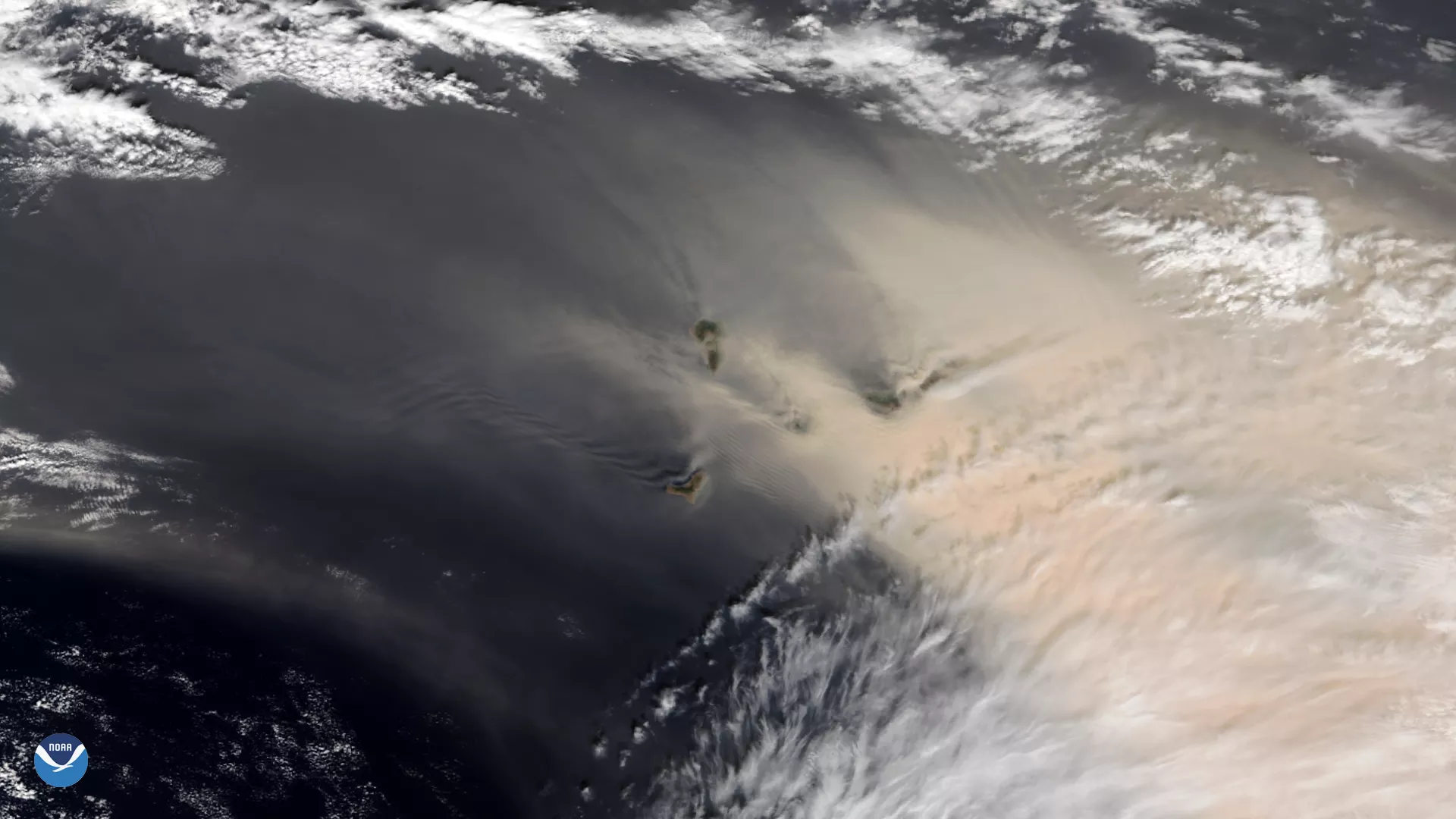Dust in the Wind
Satellites are important tools for tracking and studying aerosol particles in the atmosphere made of dust, smoke from wildfires, and volcanic ash. These types of particles can not only affect human health and safety but can also affect the weather and climate by cooling or warming the Earth as well as enhancing or preventing cloud formation. Collectively, these phenomena are monitored by special sensors onboard our geostationary satellites.

How we track each one
More Articles on Fire, Dust, and Ash
-
NOAA satellites closely monitored a powerful and devastating storm system that tore through the…
-
This week, critical fire weather conditions persisted across coastal Southern California, driven by…
-
NOAA satellites have been closely monitoring multiple wildfires that began erupting in southern…



